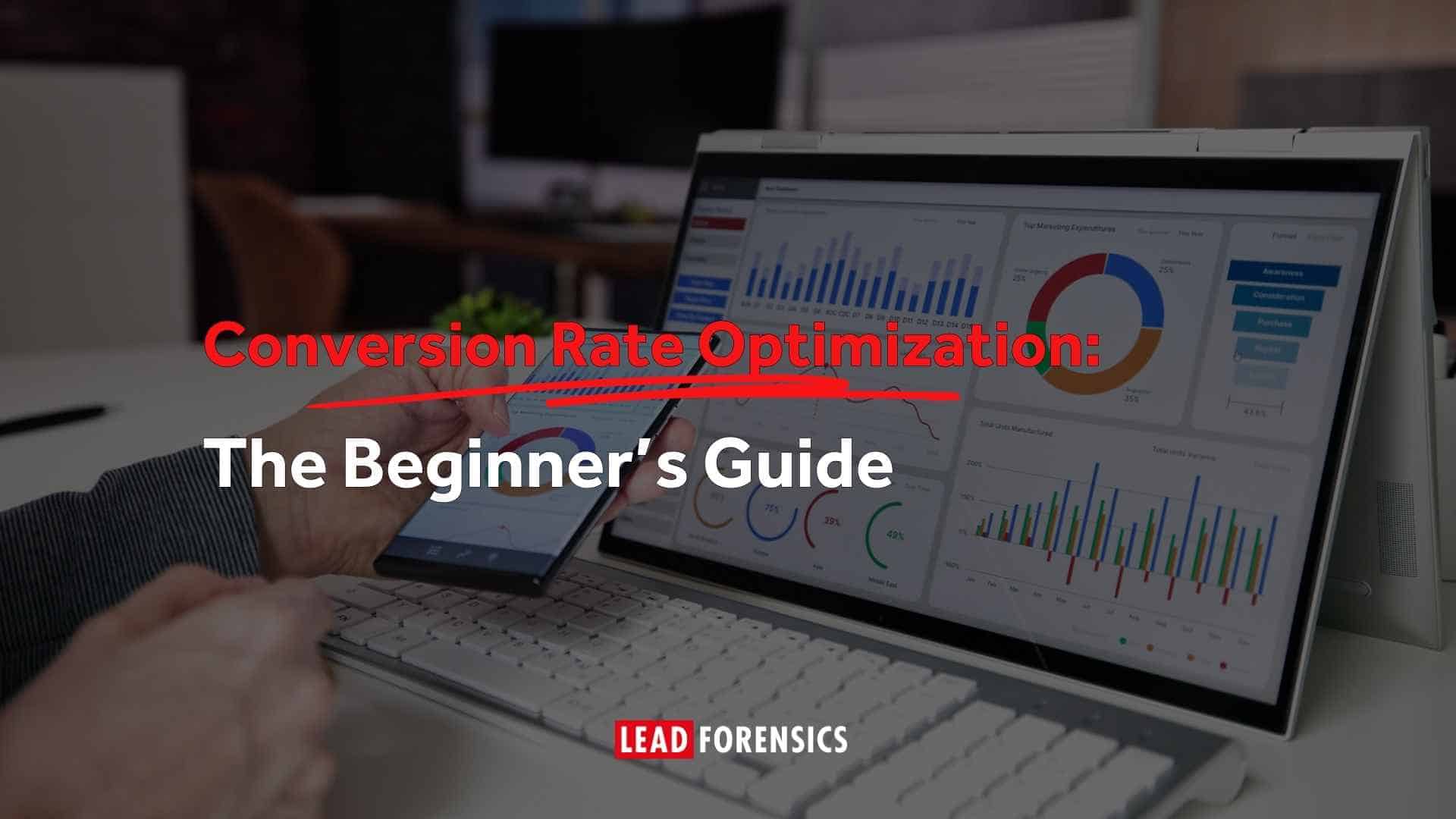Understanding Multi-Channel Marketing
Multi-channel marketing refers to the practice of using multiple channels to reach and engage with your target audience. These channels can include traditional mediums like television and radio, as well as digital platforms such as social media, email marketing, and websites. By utilizing a combination of channels, businesses can maximize their reach and ensure that their message is heard by the right people at the right time.
The Importance of Multi-Channel Marketing
One of the main reasons why multi-channel marketing is essential is because consumer behavior has drastically changed in recent years. Gone are the days when people would rely solely on one channel to make a purchase decision. Instead, consumers now expect a seamless and integrated experience across all channels.
In today’s digital age, consumers are constantly bombarded with information from various sources. They are exposed to countless advertisements, emails, and social media posts on a daily basis. With so much noise, it’s crucial for businesses to stand out and grab their audience’s attention. This is where multi-channel marketing comes into play.
By being present across various channels, you increase the chances of catching your audience’s attention and influencing their buying decisions. For example, a potential customer might see your ad on television, then come across your social media post, and finally receive an email with a special offer. This multi-channel approach creates multiple touchpoints and reinforces your brand message, making it more likely for the customer to take action.
Moreover, a multi-channel marketing strategy allows you to diversify your marketing efforts and reduce the risk of relying solely on one channel, which could become outdated or ineffective over time. By spreading your marketing budget across different channels, you can adapt to changing trends and consumer preferences, ensuring that your message reaches your target audience wherever they are.
Key Components of Multi-Channel Marketing
In order to plan and execute a successful multi-channel marketing campaign, there are a few key components that you need to consider:
- Identifying Your Target Audience: Before you can effectively market to your audience, you need to understand who they are and what they want. Conduct market research and create buyer personas to gain insights into their demographics, interests, and behaviors. This will help you tailor your messaging and choose the most appropriate channels to reach them.
- Defining Your Marketing Objectives: Clearly articulate what you want to achieve with your multi-channel campaign. Are you looking to increase brand awareness, generate leads, or boost sales? Knowing your objectives will guide your marketing decisions and help you measure success. It’s important to set specific, measurable, achievable, relevant, and time-bound (SMART) goals to ensure that your efforts are focused and effective.
- Creating Consistent Branding: Consistency is key when it comes to multi-channel marketing. Your brand should have a cohesive look and feel across all channels to create a unified brand experience. This includes using consistent colors, fonts, and imagery, as well as maintaining a consistent tone of voice in your messaging. When customers encounter your brand across different channels, they should be able to easily recognize and connect with it.
- Choosing the Right Channels: Not all channels are created equal, and not all channels will be suitable for your target audience. It’s important to research and understand which channels your audience is most active on and which ones align with your marketing objectives. For example, if your target audience consists of young adults, you may want to focus more on social media platforms like Instagram and Snapchat. On the other hand, if you’re targeting professionals, LinkedIn might be a more effective channel for reaching them.
- Integrating Channels: To truly harness the power of multi-channel marketing, it’s important to integrate your channels and create a seamless experience for your audience. This means ensuring that your messaging is consistent across all channels and that customers can easily transition from one channel to another without any friction. For example, if a customer sees an ad on social media and clicks on it, they should be directed to a landing page that continues the same messaging and offers a smooth user experience.
Setting Clear Marketing Goals
Before diving into the nitty-gritty of your multi-channel marketing campaign, it is crucial to set clear and measurable goals. This will not only keep you and your team focused but also ensure that you are able to track and evaluate the effectiveness of your efforts.
When setting your marketing goals, it is important to consider both short-term and long-term objectives. Short-term goals can include increasing website traffic, generating leads, or improving social media engagement. Long-term goals, on the other hand, may involve building brand loyalty, expanding market share, or establishing thought leadership in your industry.
Identifying Your Target Audience
Your target audience is the foundation of your marketing campaign. Take the time to conduct thorough research and gather data on your audience’s demographics, preferences, and pain points. This information will help you tailor your messaging and choose the most appropriate channels to reach your target audience.
Understanding your target audience goes beyond basic demographics. It involves delving into their psychographics, such as their values, interests, and lifestyle choices. By gaining a deep understanding of your audience, you can create personalized marketing messages that resonate with them on a deeper level.
Additionally, it is essential to keep track of any changes in your target audience’s behavior and preferences. Consumer trends and preferences can evolve rapidly, so staying updated will allow you to adjust your marketing strategies accordingly.
Defining Your Marketing Objectives
Without clear objectives, your multi-channel marketing campaign risks becoming disorganized and ineffective. Consider what you want to achieve with your campaign. Are you aiming to increase brand awareness, drive website traffic, or boost sales? Defining your objectives will provide direction and help you measure your success.
When defining your marketing objectives, it is important to make them specific, measurable, achievable, relevant, and time-bound (SMART). For example, instead of setting a vague goal like “increase brand awareness,” you could set a SMART objective such as “increase brand awareness by 20% among our target audience within the next six months.”
Furthermore, it is beneficial to break down your objectives into smaller, actionable steps. This will make them more manageable and allow you to track progress along the way. By regularly reviewing and adjusting your objectives, you can ensure that your marketing efforts stay aligned with your overall business goals.
Choosing the Right Marketing Channels
With so many marketing channels available, it can be overwhelming to choose the ones that are right for your business. However, by carefully evaluating and selecting the most appropriate channels, you can effectively reach your target audience and achieve your marketing objectives. Here are a few steps to help you in this process:
Evaluating Different Marketing Channels
Start by understanding the strengths and weaknesses of each marketing channel. This will allow you to make an informed decision about which channels will yield the best results for your business. Consider factors such as reach, cost, targeting options, and tracking capabilities.
For instance, if you are looking to reach a large audience, channels like television and social media platforms such as Facebook and YouTube can offer extensive reach. On the other hand, if you have a limited budget, you may want to consider channels like email marketing or content marketing, which can be cost-effective and provide targeted messaging.
Furthermore, evaluating the tracking capabilities of different channels is crucial for measuring the success of your marketing efforts. Channels that offer robust tracking and analytics tools, such as Google Analytics or marketing automation platforms, can provide valuable insights into the performance of your campaigns.
Aligning Channels with Your Target Audience
Remember that different channels attract different audiences. It is essential to align your marketing channels with your target audience to ensure that your message reaches the right people.
For example, if your target audience consists of young professionals, social media platforms like Instagram and LinkedIn may be more effective. These platforms offer various targeting options, such as age, location, and interests, allowing you to reach your desired audience with precision. Additionally, they provide opportunities for engagement and interaction, enabling you to build brand awareness and establish relationships with your target market.
On the other hand, if you are targeting an older demographic, traditional channels like television and print might be more suitable. Many older individuals still rely on these channels for information and entertainment, making them an effective way to reach this specific audience segment.
By aligning your marketing channels with your target audience, you can maximize the impact of your campaigns and increase the likelihood of achieving your marketing goals.
In conclusion, choosing the right marketing channels requires careful evaluation and consideration. By understanding the strengths and weaknesses of each channel and aligning them with your target audience, you can create effective marketing campaigns that resonate with your customers and drive business growth.
Creating a Cohesive Marketing Message
Once you have identified your target audience and chosen the appropriate marketing channels, it’s time to focus on creating a cohesive marketing message:
Developing Your Brand Voice
Your brand voice is the personality and tone that you use to communicate with your audience. It should be consistent across all channels and resonate with your target audience. Whether you choose to be friendly, professional, or humorous, make sure that your brand voice reflects your brand values and appeals to your audience.
When developing your brand voice, it’s important to consider the demographics and psychographics of your target audience. Are they young and tech-savvy? Or are they older and more traditional? Understanding your audience’s preferences and communication styles will help you tailor your brand voice to effectively engage with them.
Additionally, your brand voice should align with your brand’s mission and values. If your brand is focused on sustainability and environmental consciousness, your brand voice should reflect that commitment. This consistency will help build trust and credibility with your audience, as they will see that your brand’s actions align with its messaging.
Ensuring Consistency Across Channels
Consistency is key when it comes to multi-channel marketing. Your messaging, design elements, and overall brand identity should be consistent across all channels. This creates a sense of familiarity and trust with your audience, making it easier for them to recognize and engage with your brand.
When it comes to messaging, consistency means using the same key messages and value propositions across different marketing channels. This ensures that your audience receives a consistent brand experience, regardless of whether they encounter your brand on social media, your website, or through email marketing.
In addition to messaging, consistency in design elements is also crucial. This includes using the same color palette, typography, and visual style across all channels. Consistent design elements help reinforce your brand’s visual identity and make it instantly recognizable to your audience.
Furthermore, maintaining consistency in your overall brand identity is essential. This includes your brand logo, tagline, and brand guidelines. By keeping these elements consistent, you create a cohesive brand image that resonates with your audience and helps build brand recognition.
In conclusion, creating a cohesive marketing message involves developing a consistent brand voice that aligns with your brand values and appeals to your target audience. It also requires ensuring consistency across all marketing channels, from messaging to design elements and overall brand identity. By achieving this cohesiveness, you will establish a strong and recognizable brand presence that effectively engages with your audience.
Implementing Your Multi-Channel Marketing Campaign
With all the groundwork laid out, it’s time to implement your multi-channel marketing campaign:
Scheduling and Launching Your Campaign
Create a detailed campaign schedule that outlines the tasks, deadlines, and responsibilities for each channel. This will ensure that your campaign runs smoothly and that all elements are launched at the right time. Test and optimize your campaigns before the official launch to iron out any issues and maximize their effectiveness.
Monitoring and Adjusting Your Campaign
A successful multi-channel marketing campaign requires continuous monitoring and adjustment. Use analytics tools to track the performance of each channel and measure the impact of your campaign. Assess what’s working and what’s not, and make the necessary adjustments to optimize your results. Remember, no campaign is perfect from the start, but with regular evaluation and adjustments, you can achieve success.
By following these steps and putting in the necessary effort, you can plan and execute a successful multi-channel marketing campaign that attracts, engages, and converts your target audience. Embrace the power of multiple channels and deliver a cohesive, compelling message that resonates with your audience across all touchpoints.










